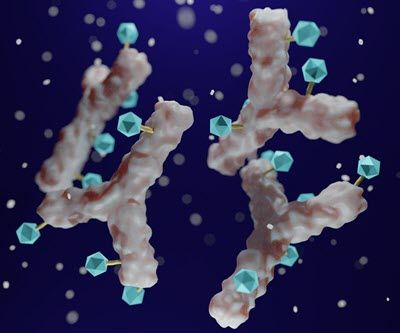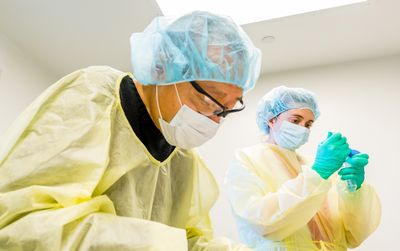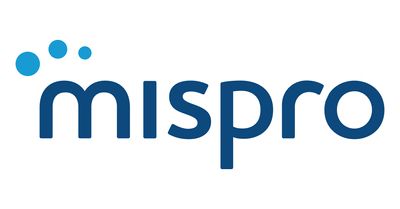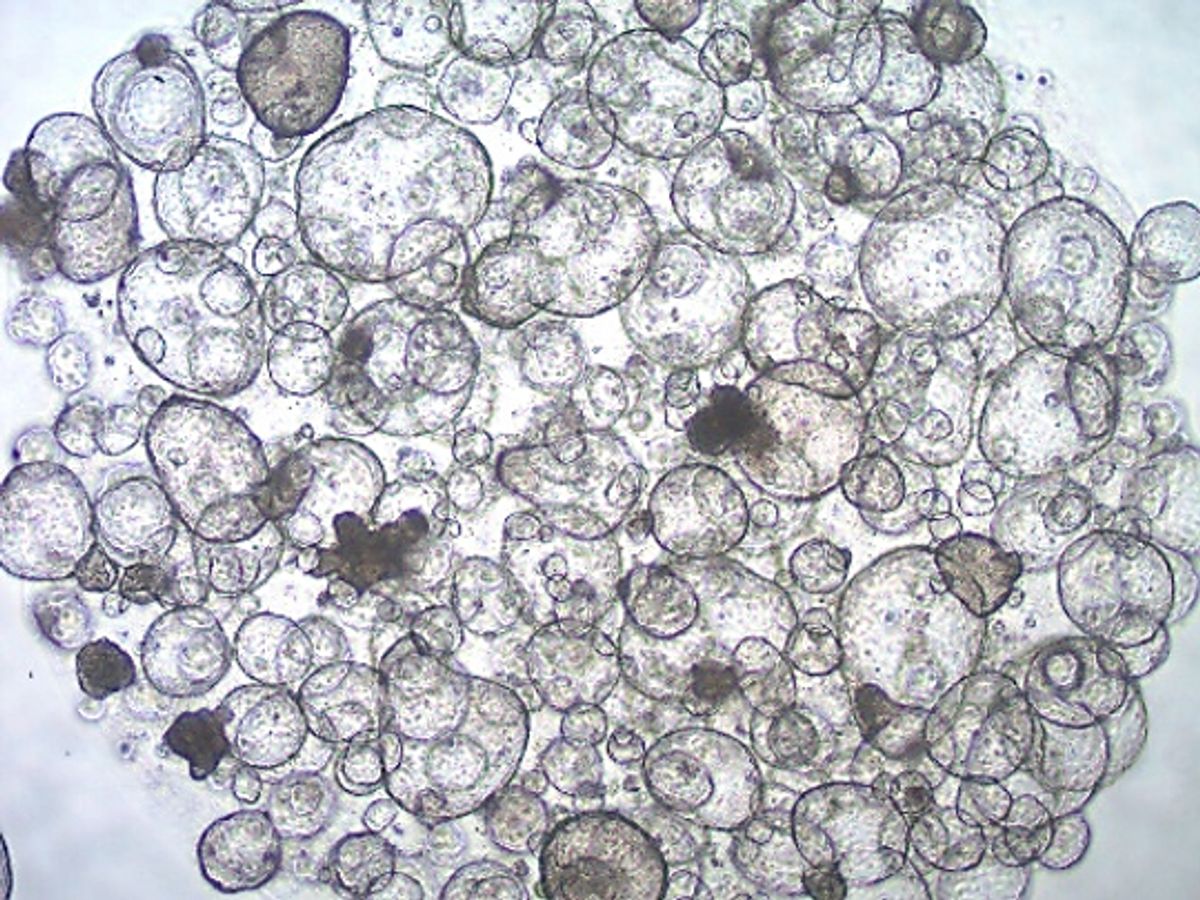
Scientists require appropriate cell or tissue material to observe and understand their favorite biological phenomena. Animal models, 2D monolayer cell cultures, and 3D organoids are common systems that allow biologists to discover new processes and functions from a single cell to the whole organism.
While model organism and 2D cell culture techniques offer unique advantages, they remain inadequate for studying complex human physiology and diseases. For example, animal models fail to capture human-specific biological processes and are not amenable to high-throughput imaging and drug screening assays. Additionally, cellular physiology differs in 2D human cell cultures compared to in vivo, and cultures cannot reliably capture cell morphology, cell-cell interactions, and other cell and tissue functions. Human patient-derived 3D organoids that closely resemble in vivo tissue in structure and function overcome the limitations of other systems, making them one of the most accurate model systems for understanding human health.1,2
Because of their numerous applications in human disease research, scientists developed organoid generation protocols for different tissue and organ types over the years. However, organoid protocols are long, tedious, and error prone. Commercially developed organoids offer a robust, high-quality, and reproducible material that saves researchers valuable time and resources. MilliporeSigma offers cryopreserved human induced pluripotent stem cell (iPSC)-derived intestine, colon, and stomach organoids. With these, scientists gain mechanistic insights into human intestinal immune and genetic diseases and find potential treatments.2
Intestinal Organoid Applications in Drug Screening
New candidate drug screening for intestinal diseases is challenging due to toxicity and inconclusive results from traditional 2D cell culture and animal models. 3dGRO™ Human iPSC-derived colon organoids are an excellent tool for drug cytotoxicity testing.
For example, evaluating the intestinal absorption properties of orally-delivered drugs is an important criterion in drug discovery. Monolayers of Caco-2 cells, a transformed human colorectal carcinoma cell line, are a widely-used intestinal barrier system to predict a candidate drug’s intestinal permeability. Despite their many advantages, Caco-2 2D cell cultures are devoid of the diverse cell types in the intestine and fail to recapitulate the native intestinal physiology and the drug metabolites produced by the missing cells. Human epithelial colon organoids have replaced the Caco-2 2D cell cultures for cytotoxicity testing of numerous drug compounds at the cell and whole organ level.3
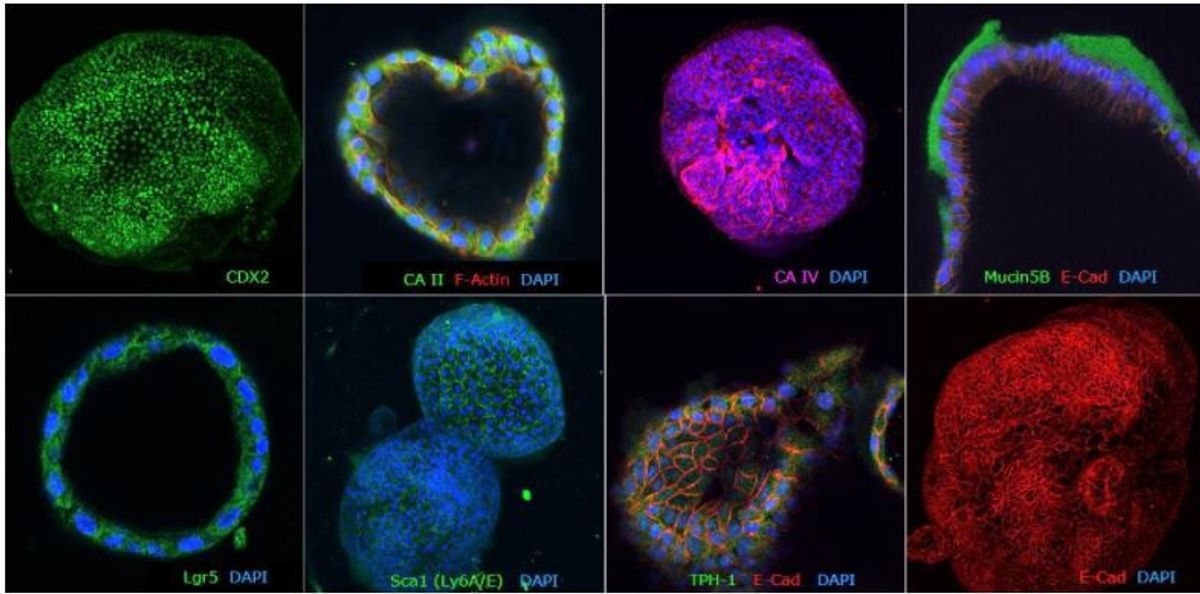
Researchers further use colon organoids to discover drugs for genetic disorders such as cystic fibrosis, which affects organs with epithelial linings, including lungs and intestines. Cystic fibrosis is caused by mutations in the CF transmembrane conductance regulator (CFTR) gene.4 The CFTR protein functions as an anion channel in epithelial cells. It transports negative chloride ions into and out of cells, allowing water movement in tissues, which lubricates and protects the gut lining. In patients with cystic fibrosis, fluids and electrolytes flow abnormally through the intestines. While CFTR function restoration is still limited in cystic fibrosis, many CFTR-specific drug candidates promise better symptom management.
3dGRO™ Human iPSC-derived colon organoids offer an effective phenotypic drug screening platform to monitor CFTR function using a rapid and quantitative water-uptake swelling assay. Researchers induce water uptake via forskolin—a CFTR activator—in intestinal organoids, which increases intracellular cAMP. Elevated cAMP levels lead to CFTR phosphorylation and channel opening, triggering ion and water uptake. While wild-type 3dGRO™ Human intestinal organoids swell within 2-3 hours of forskolin application, the volume of cystic fibrosis patient-derived intestinal organoids remains unchanged. With these comparative assays, researchers screen for drugs that increase swelling in patient organoids.5
Inside Out: A New Intestinal Organoid Model
Studying human gut functions, such as polarized secretion and absorption, immune system responses, and complex cellular interactions, are difficult with traditional animal and 2D cell culture models. Intestinal organoids preserve the intestines’ in vivo architecture, allowing scientists to study these functions. However, established intestinal organoid protocols produce “apical-in” cultures, making the gut’s inner surface inaccessible for high-throughput imaging and drug assays. The gut’s apical side faces the lumen, which allows cells to interact with components of the external environment, including food and microbes. A newly developed protocol6 reverses MilliporeSigma’s 3dGRO™ Human iPSC-derived colon organoids’ polarity, making them “apical-out,” which facilitates their application in understanding luminal epithelial cells and intestine function. Using the new protocol with the 3dGRO™ organoids, researchers can more accurately predict drug responses in the human gut.7
References
- J. Kim et al., “Human organoids: model systems for human biology and medicine,” Nat Rev Mol Cell Biol, 21, 571-84, 2020.
- “3D organoid culture: New in vitro models of development and disease,” https://www.sigmaaldrich.com/CA/en/technical-documents/technical-article/cell-culture-and-cell-culture-analysis/3d-cell-culture/3d-organoid-culture, accessed on October 23, 2022.
- K. Su et al., “Using human iPS cell-derived colon organoids for cytotoxicity screening of drug compounds,” https://www.sigmaaldrich.com/CA/en/technical-documents/technical-article/cell-culture-and-cell-culture-analysis/3d-cell-culture/drug-screening-colon-organoids, accessed on October 23, 2022.
- “Cystic fibrosis,” https://www.hopkinsmedicine.org/health/conditions-and-diseases/cystic-fibrosis, accessed on October 23, 2022.
- “Forskolin-induced swelling assays,” https://www.sigmaaldrich.com/CA/en/technical-documents/protocol/cell-culture-and-cell-culture-analysis/cell-based-assays/forskolin-swelling-organoids, accessed on October 23, 2022.
- J. Co et al., “Controlling the polarity of human gastrointestinal organoids to investigate epithelial biology and infectious diseases,” Nat Protoc, 16, 5171-92, 2021.
- N. Asbrock et al., “Protocol guide: Generation of apical-out gastrointestinal organoids,” https://www.sigmaaldrich.com/CA/en/technical-documents/protocol/cell-culture-and-cell-culture-analysis/3d-cell-culture/apical-out-organoids, accessed on October 23, 2022.



